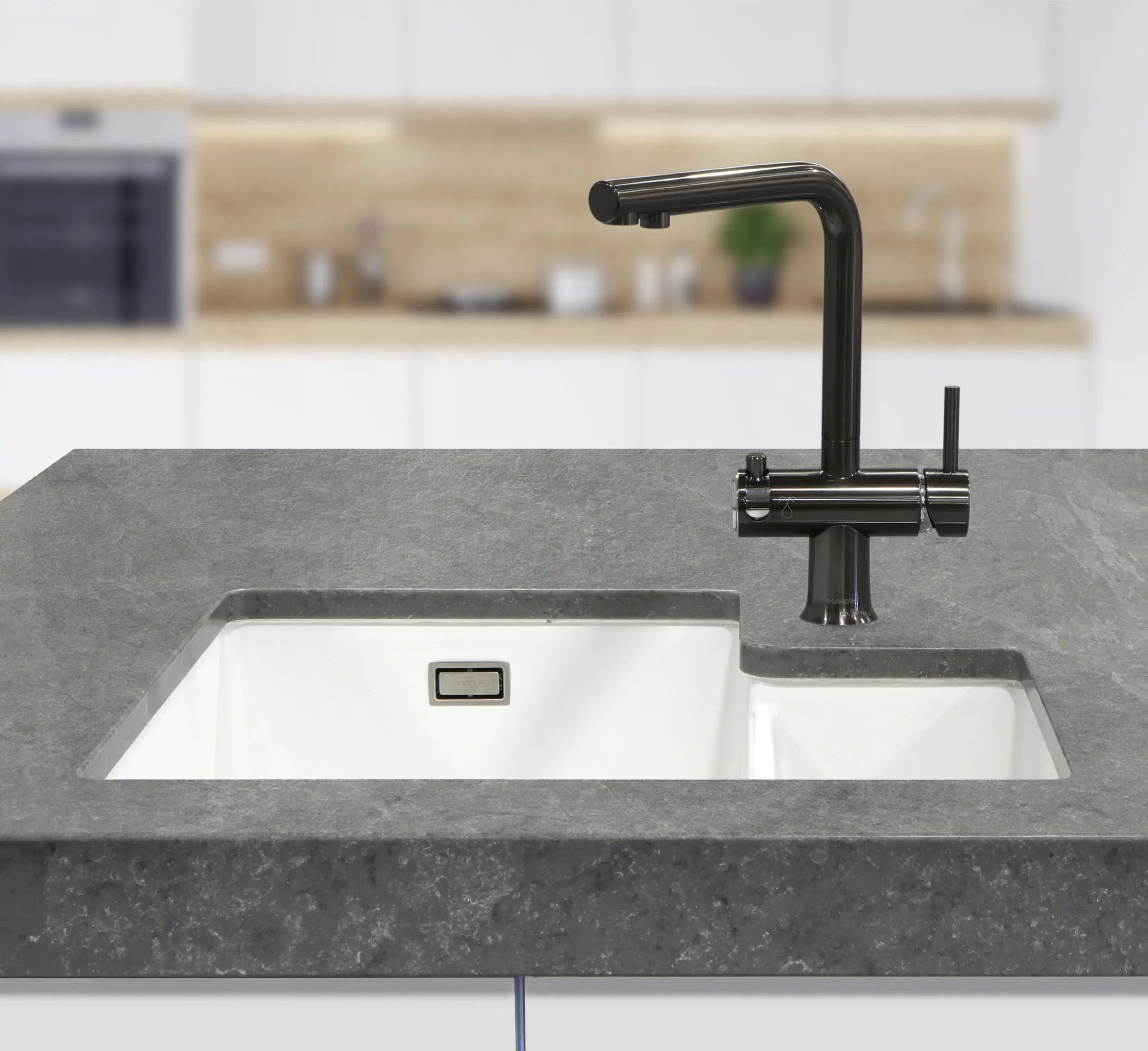

Articles
What Is A Sink
Modified: February 23, 2024
Discover informative articles about sinks and learn everything you need to know about this essential kitchen and bathroom fixture.
(Many of the links in this article redirect to a specific reviewed product. Your purchase of these products through affiliate links helps to generate commission for Storables.com, at no extra cost. Learn more)
Introduction
Welcome to the world of sinks! Whether you’re renovating your kitchen or bathroom or just looking to upgrade your current sink, it’s important to understand the different types available and how to choose the right one for your needs. A sink is an essential fixture in any home, serving as a functional and aesthetic element that enhances your daily routines.
A sink, in its simplest form, is a basin-shaped fixture with a drain used for washing hands, dishes, and other items. However, sinks have evolved over time to offer a wide range of styles, materials, and features, making them versatile and adaptable to various environments.
Understanding the different types of sinks, materials used in their manufacturing, installation methods, and maintenance requirements is key to making an informed decision when choosing the perfect sink for your space.
In this comprehensive guide, we will explore various aspects of sinks to help you navigate through the vast options available and make an educated choice. So, let’s dive in and explore the world of sinks together!
Key Takeaways:
- Sink Types and Materials
Understanding the various sink types and materials, from top-mount to vessel sinks, and stainless steel to fireclay, is crucial for making an informed decision when choosing the perfect sink for your space. - Choosing the Right Sink
Consider functionality, space availability, design, budget, maintenance, installation, and accessories when selecting the right sink. Balance functionality and aesthetics to create a harmonious look that meets your unique needs and preferences.
Read more: What Is An Integral Sink
Definition of Sink
A sink is a plumbing fixture that is designed to hold water for various purposes, such as washing hands, dishes, or personal grooming. It typically consists of a basin-shaped bowl with a drain and faucet, allowing water to be brought in and drained out.
Sinks are commonly found in bathrooms, kitchens, and utility rooms, but they can also be installed in other areas like laundry rooms, garages, or outdoor spaces. They play a crucial role in maintaining cleanliness, hygiene, and convenience in a household or commercial setting.
Within the realm of sinks, there are different types available to cater to specific needs and preferences. Some common types include:
- Top-mount sinks: Also known as drop-in or self-rimming sinks, these are installed by placing the sink into a pre-cut hole on the countertop, with the rim resting on top.
- Undermount sinks: These sinks are mounted underneath the countertop, creating a seamless and clean look. They are attached to the underside of the countertop using brackets or adhesive.
- Farmhouse sinks: Also known as apron-front sinks, these have a large, exposed front panel that extends beyond the edge of the countertop. They add a charming, rustic look to the kitchen.
- Vessel sinks: These sinks sit on top of the countertop and are commonly used in bathrooms. They are available in various shapes, sizes, and materials, adding a touch of elegance and sophistication to the space.
Other types include wall-mounted sinks, pedestal sinks, and console sinks. Each type serves a specific purpose and offers its own set of advantages and disadvantages.
Regardless of the type, sinks can be made from a variety of materials, ranging from stainless steel and porcelain to granite and copper. The choice of material impacts not only the durability and longevity of the sink but also its aesthetic appeal and ease of maintenance.
Now that we have defined what a sink is and discussed different types and materials, let’s move on to exploring the installation methods for sinks in the next section.
Types of Sinks
Sinks come in a variety of styles and designs, each with its own unique features and functionalities. Understanding the different types of sinks available will help you choose the perfect fit for your specific needs:
- Top-mount sinks: Also known as drop-in or self-rimming sinks, these are the most common type of sink found in households. They are installed by placing the sink into a pre-cut hole on the countertop, with the rim resting on top. Top-mount sinks are easy to install and can be replaced or upgraded without much hassle.
- Undermount sinks: These sinks are mounted underneath the countertop, creating a seamless and streamlined look. They are attached to the underside of the countertop using brackets or adhesive, giving a clean and modern appearance. Undermount sinks are popular in contemporary kitchens and bathrooms.
- Farmhouse sinks: Also known as apron-front sinks, these have a large, exposed front panel that extends beyond the edge of the countertop. They add a touch of charm and character to the kitchen and are often made of materials like porcelain or fireclay. Farmhouse sinks are perfect for those who prefer a rustic or traditional aesthetic.
- Vessel sinks: These sinks sit on top of the countertop and are commonly found in bathrooms. They are available in various shapes, sizes, and materials, making a bold and stylish statement. Vessel sinks create a focal point in the bathroom and are ideal for those who want to add a touch of luxury and elegance.
- Wall-mounted sinks: These sinks are directly attached to the wall without the need for a countertop. They are a great option for small bathrooms or powder rooms where space is limited. Wall-mounted sinks are compact, minimalist, and easy to clean.
- Pedestal sinks: These sinks consist of a basin supported by a pedestal, which hides the plumbing fixtures. They are often used in small bathrooms or cloakrooms to maximize space and create a classic, elegant look.
- Console sinks: Similar to pedestal sinks, console sinks feature a basin supported by legs or a stand. However, console sinks usually have additional storage and countertop space, making them a practical choice for bathrooms.
These are just a few examples of the types of sinks available, and there are many other unique designs to explore. Choosing the right type depends on factors such as the style and layout of your space, your personal preference, and the functionality you require.
Once you have decided on the type of sink that suits your needs, you can then consider the materials used in their manufacturing. This will be the focus of the next section.
Common Materials Used in Sink Manufacturing
Sinks are available in a wide range of materials, each offering different advantages in terms of durability, aesthetics, and maintenance. Here are some common materials used in sink manufacturing:
- Stainless Steel: Stainless steel sinks are a popular choice due to their durability, scratch resistance, and easy maintenance. They are resistant to stains and heat, making them suitable for heavy-duty use in the kitchen. Stainless steel sinks come in various finishes and styles, making them versatile and compatible with different design aesthetics.
- Porcelain: Porcelain sinks have a classic, timeless appeal and are known for their smooth surface and easy cleaning. They are available in different colors and shapes, making them suitable for both traditional and modern designs. However, porcelain sinks can be prone to chipping and staining, requiring extra care to maintain their pristine appearance.
- Fireclay: Fireclay sinks are made from a combination of clay and glaze, resulting in a durable and heat-resistant material. They have a glossy finish and are resistant to chipping, staining, and fading. Fireclay sinks are often found in farmhouse or apron-front styles, adding a touch of elegance to the kitchen.
- Cast Iron: Cast iron sinks are incredibly durable and long-lasting. They have a smooth and glossy enamel finish that resists stains and scratches. Cast iron sinks are available in various colors and styles, but they are heavy and require extra support when installing.
- Composite Granite: Composite granite sinks are made from a blend of granite stone particles and acrylic resin. They offer the beauty and luster of natural stone while being more resistant to scratches, stains, and heat. Composite granite sinks are available in different colors and styles, making them a popular choice in contemporary kitchens.
- Copper: Copper sinks are known for their unique and luxurious appearance. They develop a beautiful patina over time, adding character and warmth to any space. Copper sinks are naturally antimicrobial, making them hygienic and easy to maintain. However, they require regular cleaning and care to preserve their natural luster.
These are just a few examples of the materials used in sink manufacturing. Each material has its own set of pros and cons, so it’s essential to consider factors such as durability, maintenance, and aesthetic appeal when choosing the right material for your sink.
Now that we’ve explored common sink materials, let’s move on to discussing different sink installation methods in the next section.
Sink Installation Methods
When it comes to installing a sink, there are different methods that can be used depending on the type of sink and the desired look. Here are some common sink installation methods:
- Top-mount Installation: Also known as drop-in or self-rimming installation, this method is commonly used for top-mount sinks. The sink is placed into a pre-cut hole on the countertop, with the rim resting on top. A sealant is applied around the perimeter of the sink to secure it in place. Top-mount installation is relatively simple and can be done without professional help.
- Undermount Installation: Undermount sinks are installed underneath the countertop, creating a seamless and clean look. They are attached to the underside of the countertop using brackets or adhesive. Undermount installation requires precise measurements and professional expertise to ensure proper support and a secure fit.
- Farmhouse Sink Installation: Farmhouse sinks, also known as apron-front sinks, have a unique installation method. The sink is installed by dropping it into a cabinet or base, with the front panel extending beyond the edge of the countertop. The cabinet or base needs to be properly reinforced to support the weight of the sink.
- Vessel Sink Installation: Vessel sinks are mounted on top of the countertop and require a specialized installation. A hole is cut into the countertop to accommodate the sink drain, and the sink is placed on top. A mounting ring or bracket is used to secure the sink in place. Vessel sinks may require additional plumbing modifications, such as an extended faucet or a wall-mounted faucet.
- Wall-mounted Sink Installation: Wall-mounted sinks are directly attached to the wall without the need for a countertop. A wall bracket or hanger is used to support the sink and connect it to the plumbing fixtures. This installation method is commonly used in small spaces or commercial settings.
- Pedestal Sink Installation: Pedestal sinks consist of a basin supported by a pedestal, which hides the plumbing fixtures. The sink is attached to the wall, and the pedestal is placed underneath for support. This installation method provides a classic and elegant look, but it requires careful positioning and proper anchoring to ensure stability.
It’s important to note that some sink installation methods may require professional assistance, especially for more complex installations like undermount or farmhouse sinks. Hiring a skilled plumber or contractor can ensure that your sink is installed correctly and securely.
Now that we have discussed sink installation methods, let’s move on to the next section, which focuses on sink maintenance and care.
A sink is a plumbing fixture used for washing hands, dishes, and other items. It typically consists of a basin with a faucet for supplying water and a drain for removing used water. When choosing a sink, consider the material, size, and style that best suits your needs and space.
Read more: What Is Undermount Sink
Sink Maintenance and Care
Proper maintenance and regular care can help prolong the lifespan and keep your sink looking clean and functional. Here are some essential maintenance tips for maintaining your sink:
- Clean Regularly: Regular cleaning is important to prevent the build-up of dirt, stains, and mineral deposits. Use a mild dish soap, warm water, and a soft sponge or cloth to clean the sink surface. Avoid using abrasive cleaners or scouring pads, as they can scratch and damage the sink material.
- Remove Stains Promptly: If you notice any stains or discoloration on your sink, it’s essential to address them promptly to prevent permanent damage. For stubborn stains, you can create a paste using baking soda and water and gently scrub the affected area.
- Avoid Harsh Chemicals: Harsh chemicals, such as bleach, ammonia, or abrasive cleaners, can damage the finish of your sink. Opt for gentle, non-abrasive cleaners or natural cleaning solutions to maintain the integrity of the sink material.
- Prevent Scratches: To prevent scratches, avoid using sharp objects or abrasive materials directly on the sink surface. Use cutting boards or mats when working with knives or other utensils to protect the sink from scratches.
- Handle with Care: Be mindful when handling heavy or sharp objects in and around the sink to prevent accidental damage. Dropping heavy items or banging utensils against the sink can cause chips or cracks.
- Keep it Dry: After each use, wipe down the sink to remove any excess moisture. Standing water can cause mineral deposits or staining, so ensure the sink is completely dry to prevent these issues.
- Inspect for Leaks: Regularly inspect the plumbing connections underneath the sink for any signs of leaks. Addressing leaks promptly can prevent water damage to the surrounding area and ensure the proper functioning of your sink.
- Follow Manufacturer’s Instructions: Refer to the manufacturer’s instructions or guidelines for specific care instructions for your sink. Different materials may have different requirements, so it’s important to follow the recommended cleaning and maintenance practices.
By following these maintenance tips, you can keep your sink in top condition and prolong its lifespan. Remember to treat your sink with care and address any issues promptly to ensure its long-term functionality and aesthetic appeal.
Next, let’s explore the advantages and disadvantages of different sink types to help you make an informed decision when choosing the right sink for your needs.
Advantages and Disadvantages of Different Sink Types
When choosing a sink, it’s important to consider the advantages and disadvantages of each type to ensure it meets your specific needs and preferences. Here are some pros and cons of different sink types:
- Top-Mount Sinks:
- Advantages: Easy to install, versatile, budget-friendly, can be replaced or upgraded without much hassle. They can be installed on any type of countertop surface.
- Disadvantages: The rim can accumulate dirt, making cleaning a bit more challenging than undermount sinks. The rim can also interfere with the ease of wiping debris from the countertop into the sink.
- Undermount Sinks:
- Advantages: Seamless and clean look, easy to clean as there is no rim to trap dirt, highly compatible with various countertop materials, and provides more counter space.
- Disadvantages: Requires professional installation for secure mounting, may incur additional costs due to custom fabrication of the countertop cutout.
- Farmhouse Sinks:
- Advantages: Aesthetically pleasing and adds rustic charm to the kitchen, has a large and deep basin for accommodating large pots and pans, and allows for easier access and comfortable use.
- Disadvantages: Requires a specially designed cabinet or base for proper installation, usually more expensive than other sink types, may have limited installation options due to its unique design.
- Vessel Sinks:
- Advantages: Unique and sophisticated design that enhances the visual appeal of the bathroom, offers various shapes and sizes to match different styles, serves as a focal point in the space.
- Disadvantages: Requires additional countertop space and a tall faucet, may be more challenging to clean due to its elevated position, may result in more splashing compared to other sink types.
- Wall-Mounted Sinks:
- Advantages: Space-saving option, ideal for small bathrooms or tight spaces, provides a minimalistic and modern look, easy to clean the floor underneath the sink.
- Disadvantages: Limited countertop or storage space, may have fewer design options compared to other sink types, additional plumbing modifications may be required.
- Pedestal Sinks:
- Advantages: Classic and elegant design, visually expands the space, conceals plumbing fixtures behind the pedestal, suitable for small bathrooms or powder rooms.
- Disadvantages: Limited countertop space, lack of storage options, may require additional support for proper installation.
Consider the advantages and disadvantages of each sink type in relation to your specific needs, style preferences, and available space in order to make an informed decision.
In the next section, we will discuss important factors to consider when choosing the right sink for your needs.
Choosing the Right Sink for Your Needs
Choosing the right sink is essential to ensure it meets your functional requirements, complements your design aesthetic, and fits within your budget. Here are some important factors to consider when selecting the perfect sink for your needs:
- Functionality: Consider how you will be using the sink. For example, if you do a lot of cooking and washing dishes, a deep and spacious sink may be ideal. If you need more counter space, an undermount sink can provide a seamless look.
- Space Availability: Measure the available space in your kitchen or bathroom to determine the appropriate sink size and style. Ensure there is enough clearance for the sink to fit comfortably and that it doesn’t obstruct any nearby fixtures or cabinets.
- Design and Aesthetics: Choose a sink that complements the overall design theme of the space. Consider the material, color, and style that will enhance the visual appeal of your kitchen or bathroom. Balance functionality and aesthetics to create a harmonious look.
- Budget: Determine your budget and explore sink options within that range. Keep in mind that different sink materials and styles come with varying price points. Consider the long-term investment, as some materials may require higher upfront costs but offer better durability and value over time.
- Maintenance and Durability: Think about the level of maintenance you are willing to commit to. Some materials are more durable and resistant to stains, scratches, and heat, while others may require more care. Consider the longevity of the sink and how well it will withstand daily use.
- Installation: Evaluate the installation requirements for different sink types. Some may be simple enough for a DIY installation, while others, such as undermount sinks, may require professional help. Factor in the costs and feasibility of installation when making your decision.
- Accessories and Features: Consider additional features and accessories that may enhance the functionality of your sink. This could include built-in drying racks, cutting boards, or soap dispensers. Explore the availability of compatible accessories for the sink you choose.
By considering these factors, you can narrow down your options and choose the right sink that aligns with your needs, preferences, and budget.
Remember to research and read reviews to gather insights on the quality, performance, and customer satisfaction of different sink brands and models. It’s also helpful to consult with professionals, such as plumbers or designers, who can provide expert advice based on your specific requirements.
Now that you have a better understanding of how to choose the right sink, let’s wrap up this guide in the next section.
Conclusion
Choosing the right sink for your kitchen or bathroom is an important decision that can greatly impact the functionality and aesthetics of the space. By understanding the different types of sinks, materials used in their manufacturing, installation methods, maintenance requirements, and the advantages and disadvantages of each, you are well-equipped to make an informed choice.
Consider your specific needs, available space, design preferences, budget, and desired level of maintenance when selecting a sink. Whether you opt for a top-mount sink for its ease of installation, an undermount sink for its seamless integration, a farmhouse sink for its rustic charm, or a vessel sink for its unique statement, there is a sink type that suits your style and functional requirements.
Remember to also pay attention to the materials used in sink manufacturing, as each material has its own set of benefits and drawbacks. Stainless steel is durable and low-maintenance, porcelain adds a classic touch, fireclay offers elegance and heat resistance, cast iron provides longevity, composite granite combines beauty and durability, and copper brings a luxurious appeal.
Proper installation, regular maintenance, and care are crucial for preserving the lifespan and appearance of your sink. Clean it regularly, address stains promptly, avoid harsh chemicals, and handle it with care to prevent scratches or damage. By following these maintenance tips, you can enjoy a beautiful, functional, and long-lasting sink for years to come.
Ultimately, the right sink enhances your daily routines, adds value to your space, and reflects your personal style. So take the time to explore your options, consult with professionals if needed, and choose a sink that meets your unique needs and preferences.
We hope this comprehensive guide has provided you with valuable insights and guidance in your search for the perfect sink. Happy sink shopping!
Frequently Asked Questions about What Is A Sink
Was this page helpful?
At Storables.com, we guarantee accurate and reliable information. Our content, validated by Expert Board Contributors, is crafted following stringent Editorial Policies. We're committed to providing you with well-researched, expert-backed insights for all your informational needs.
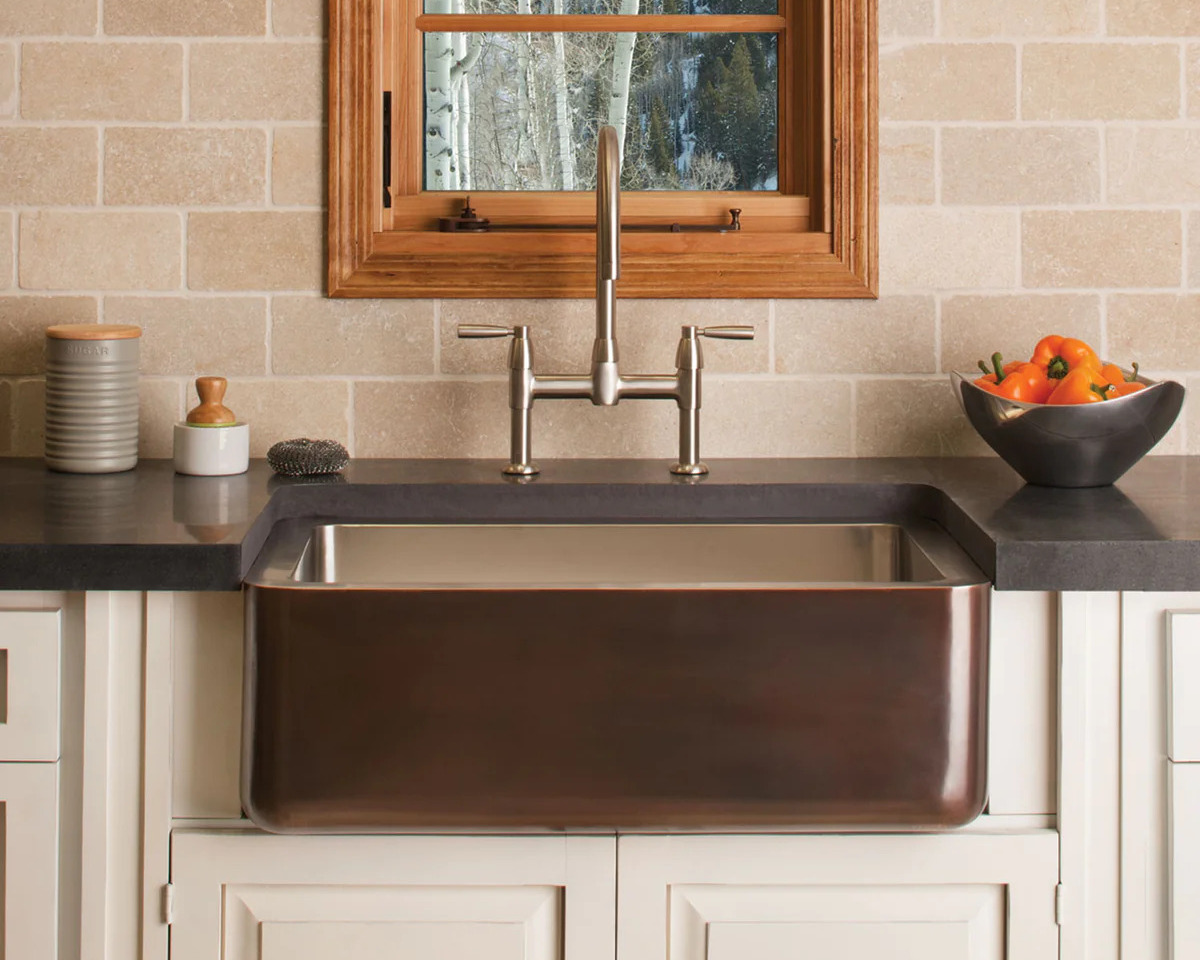
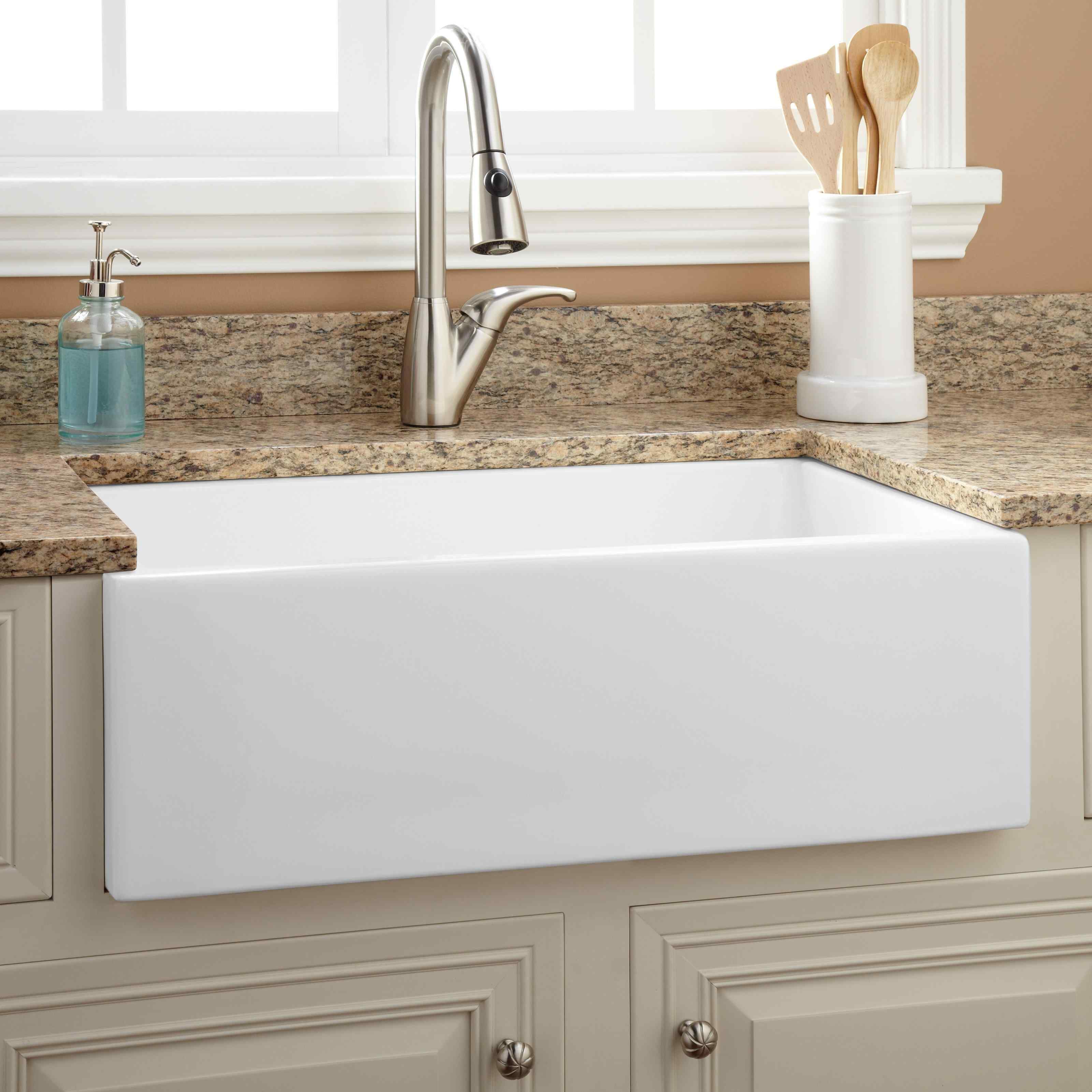
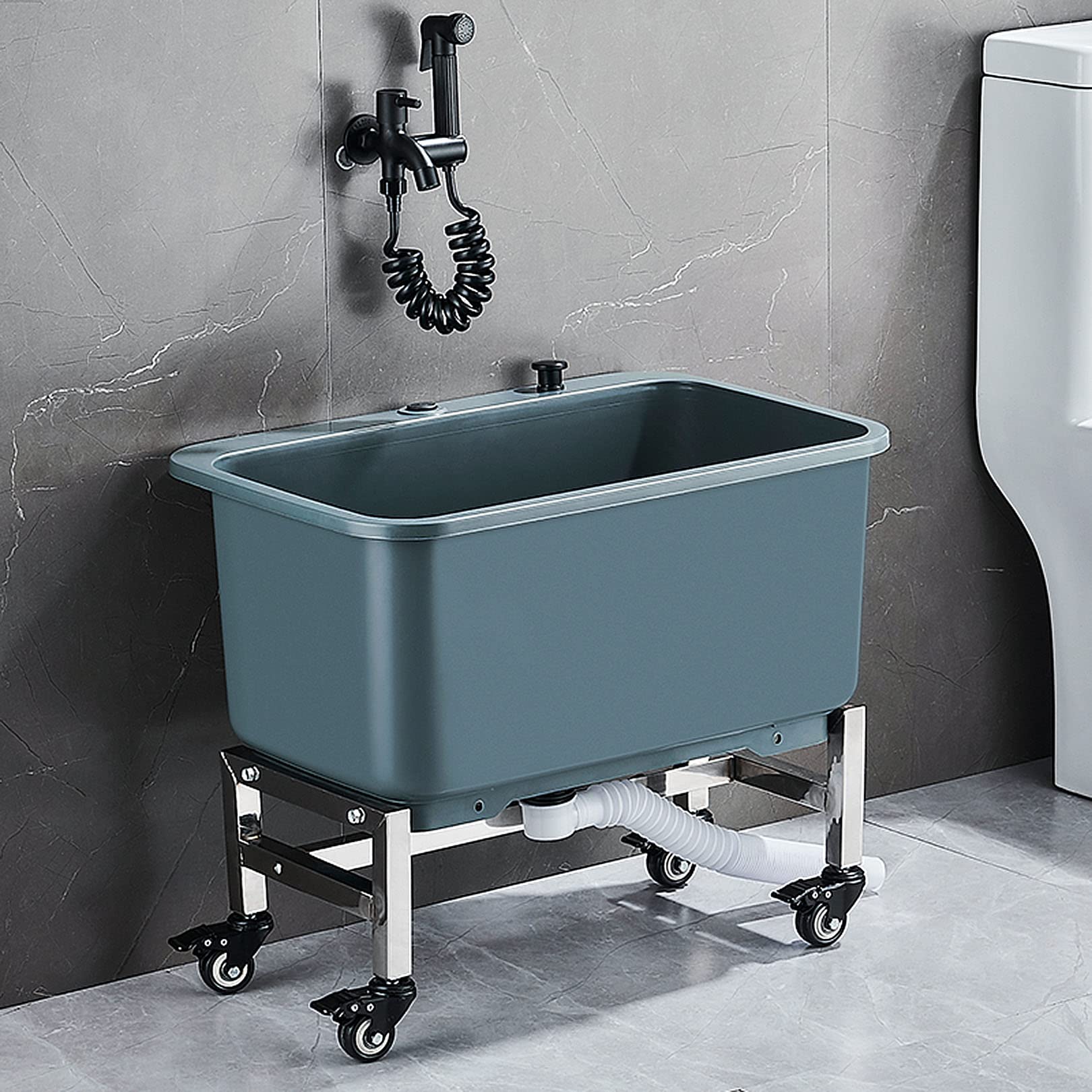
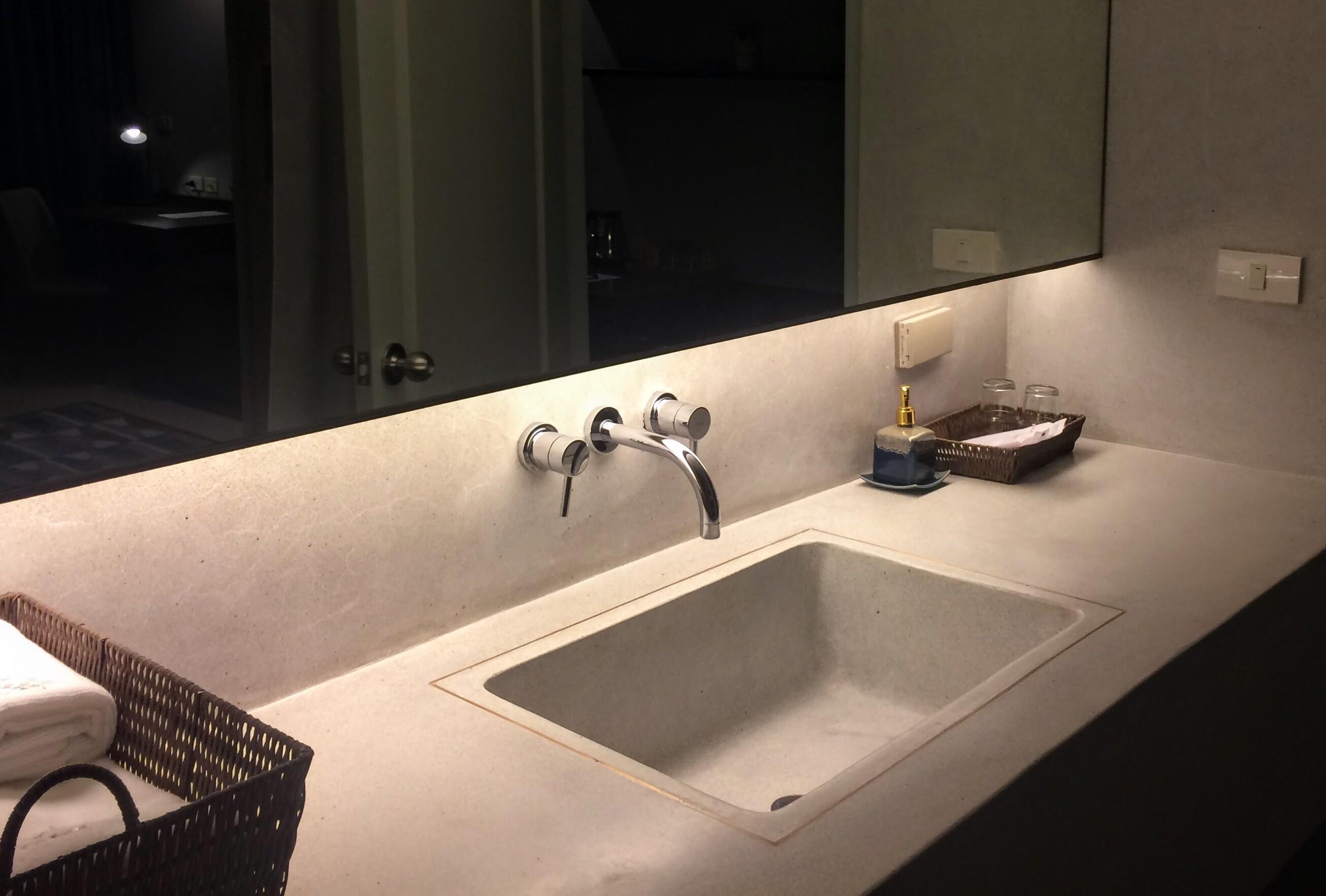
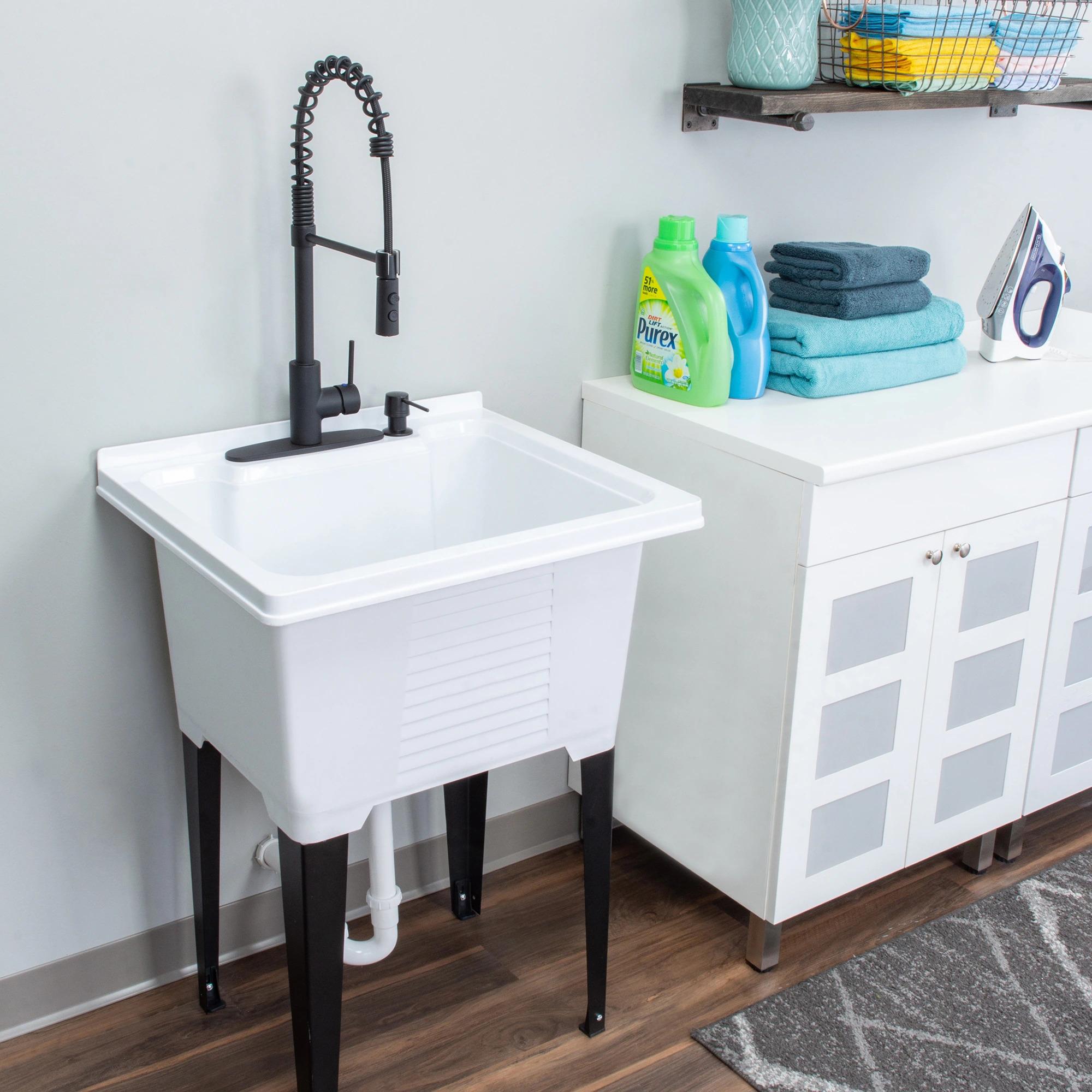
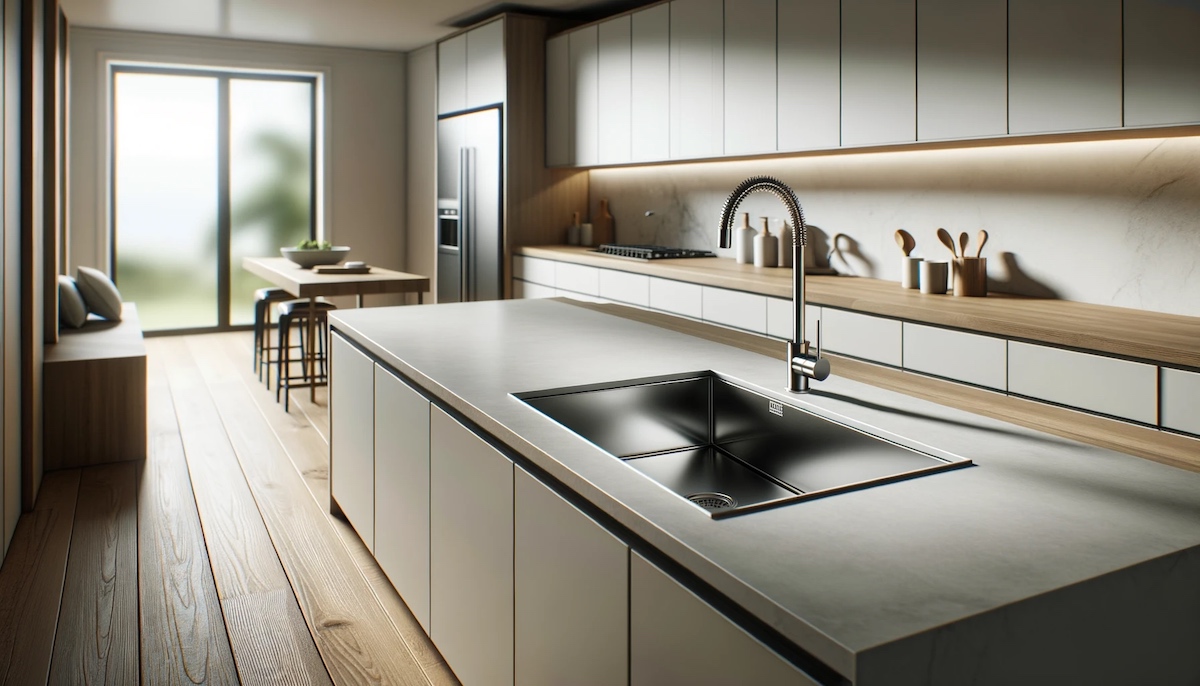

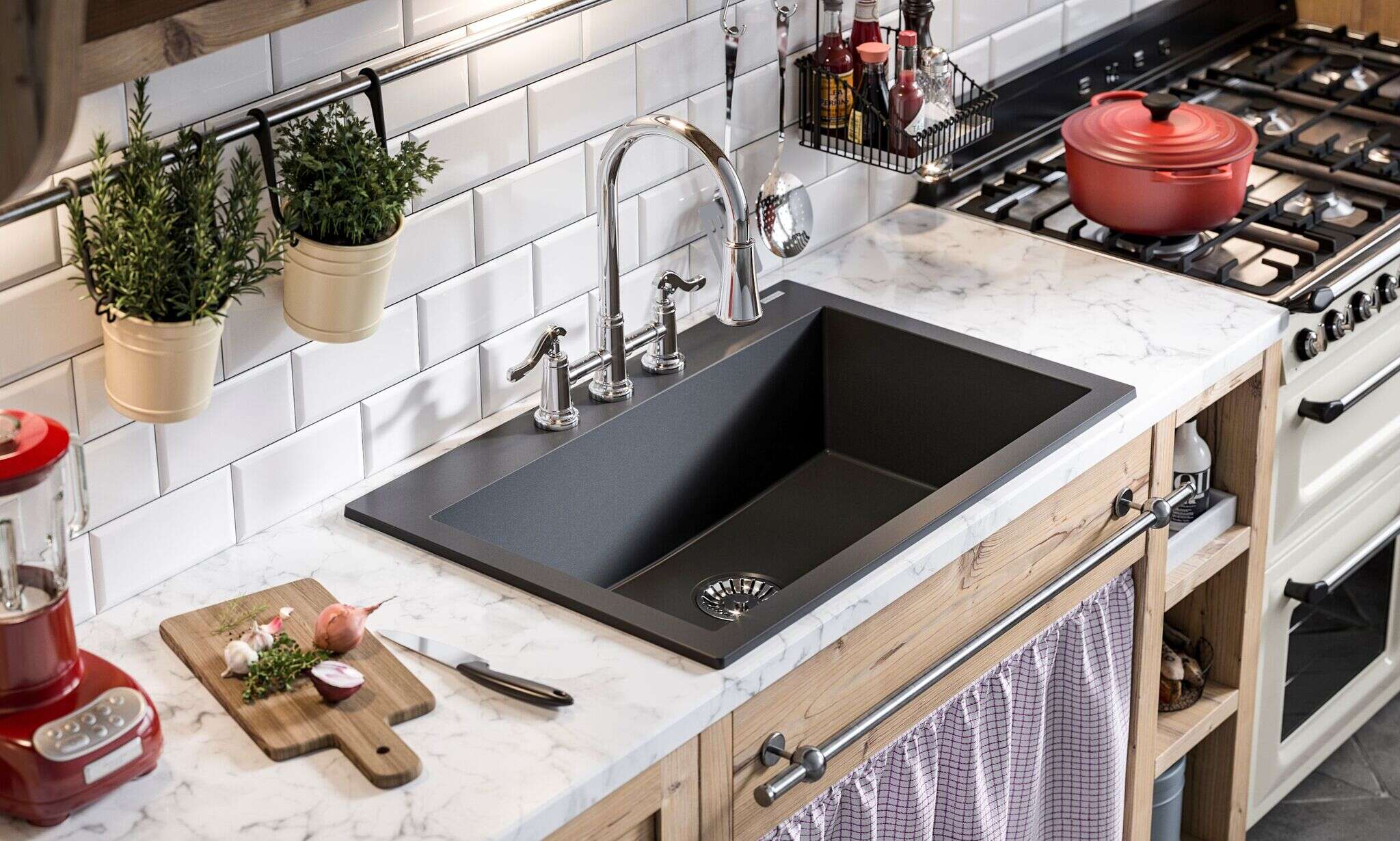
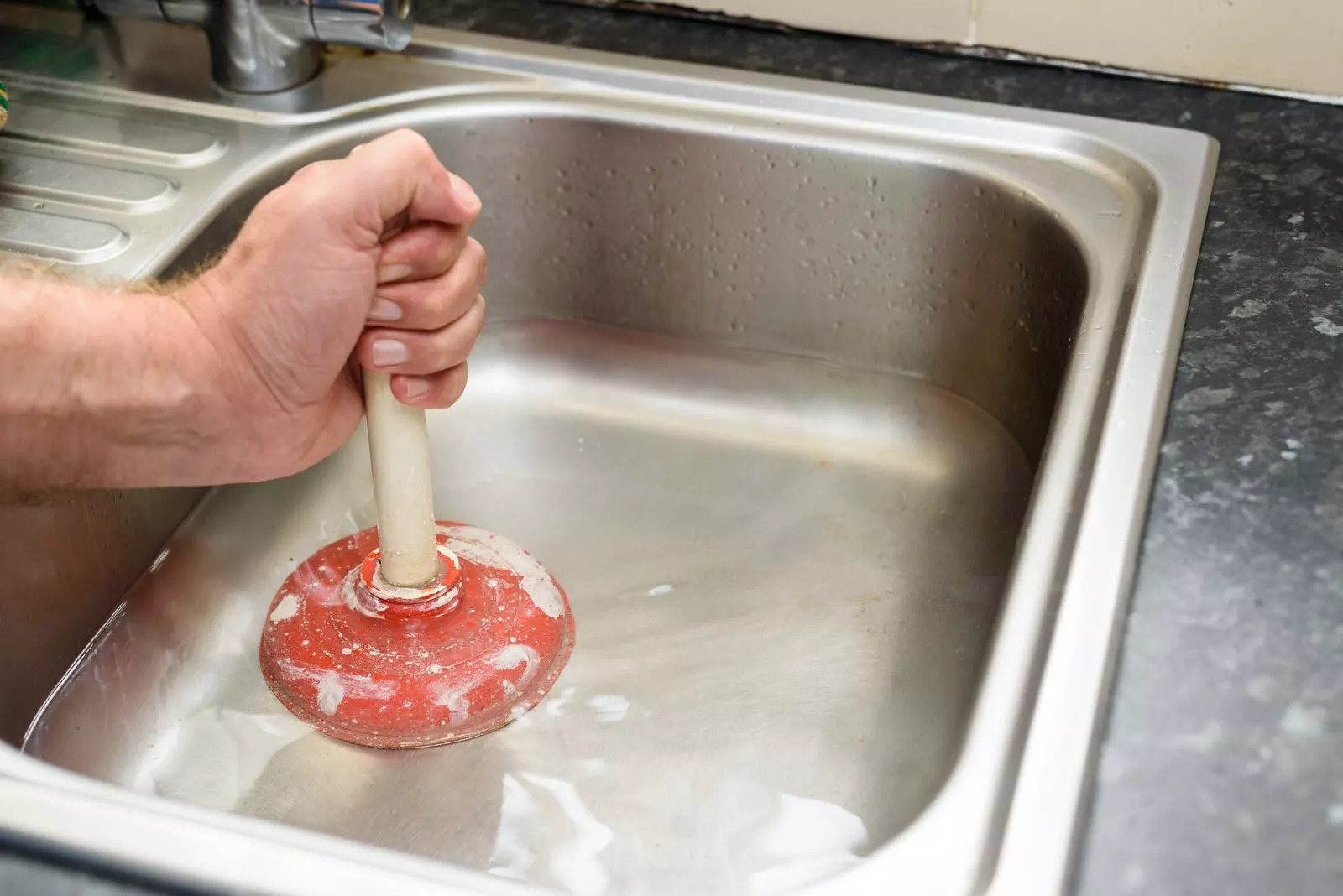
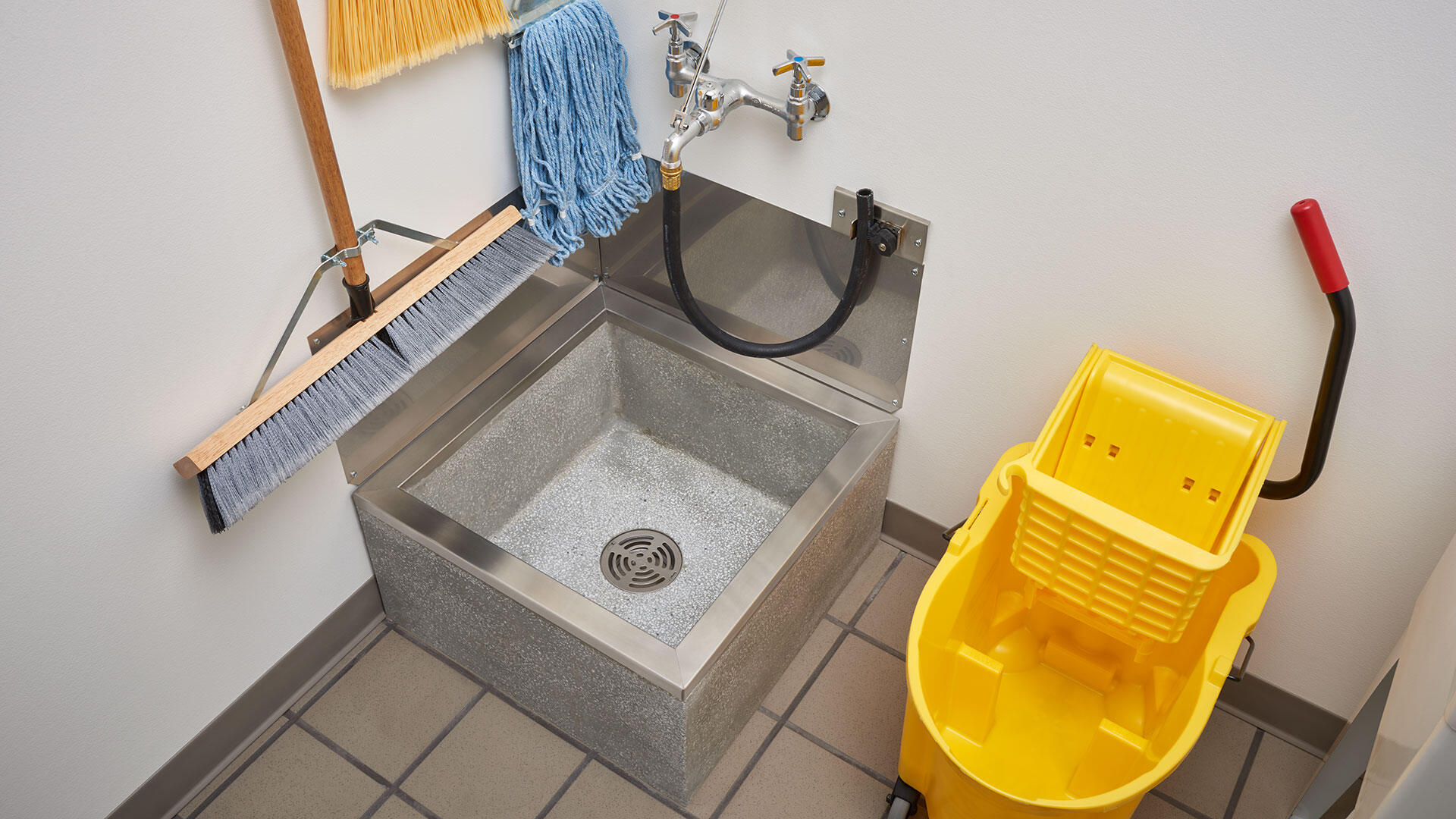
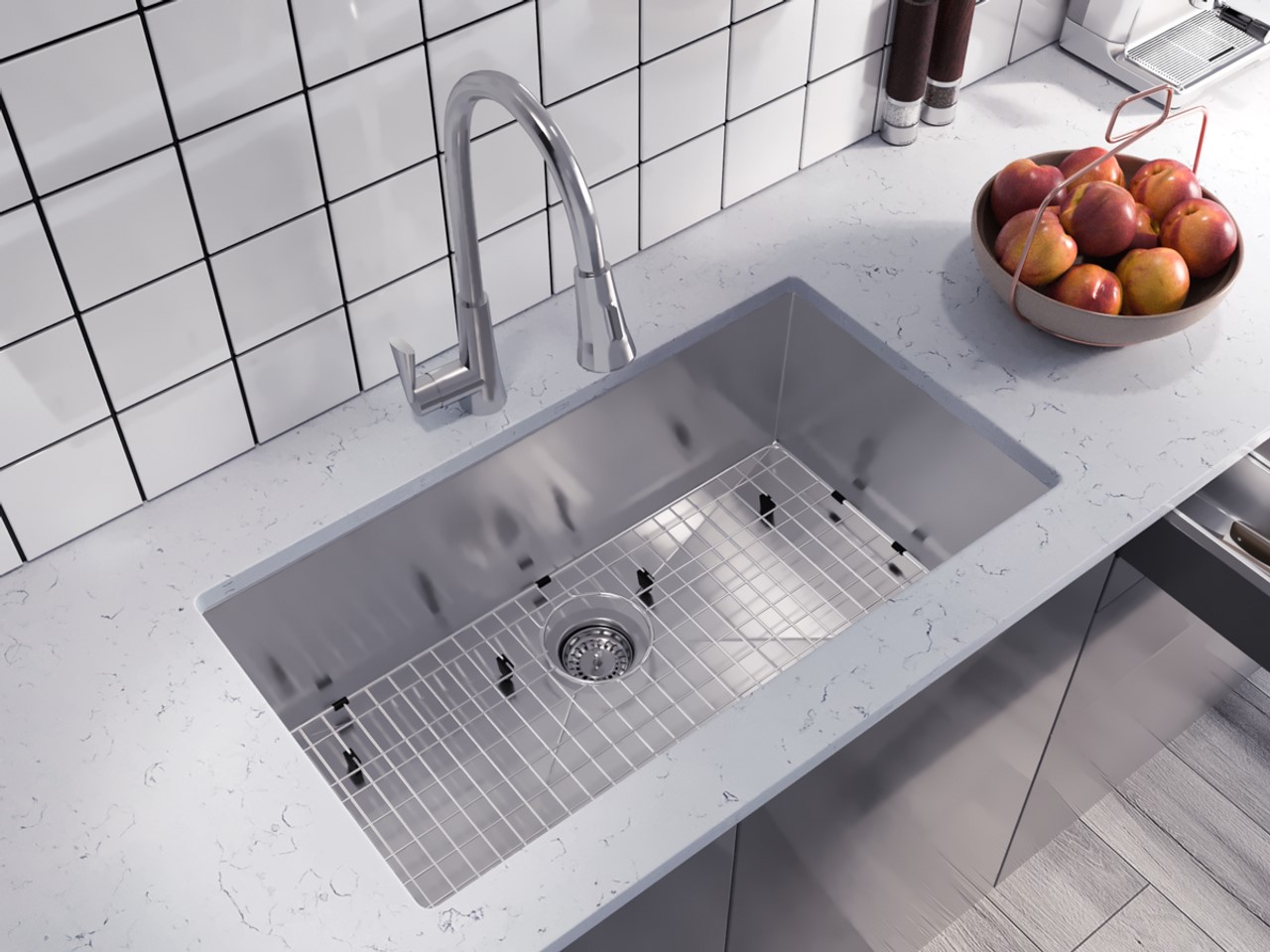
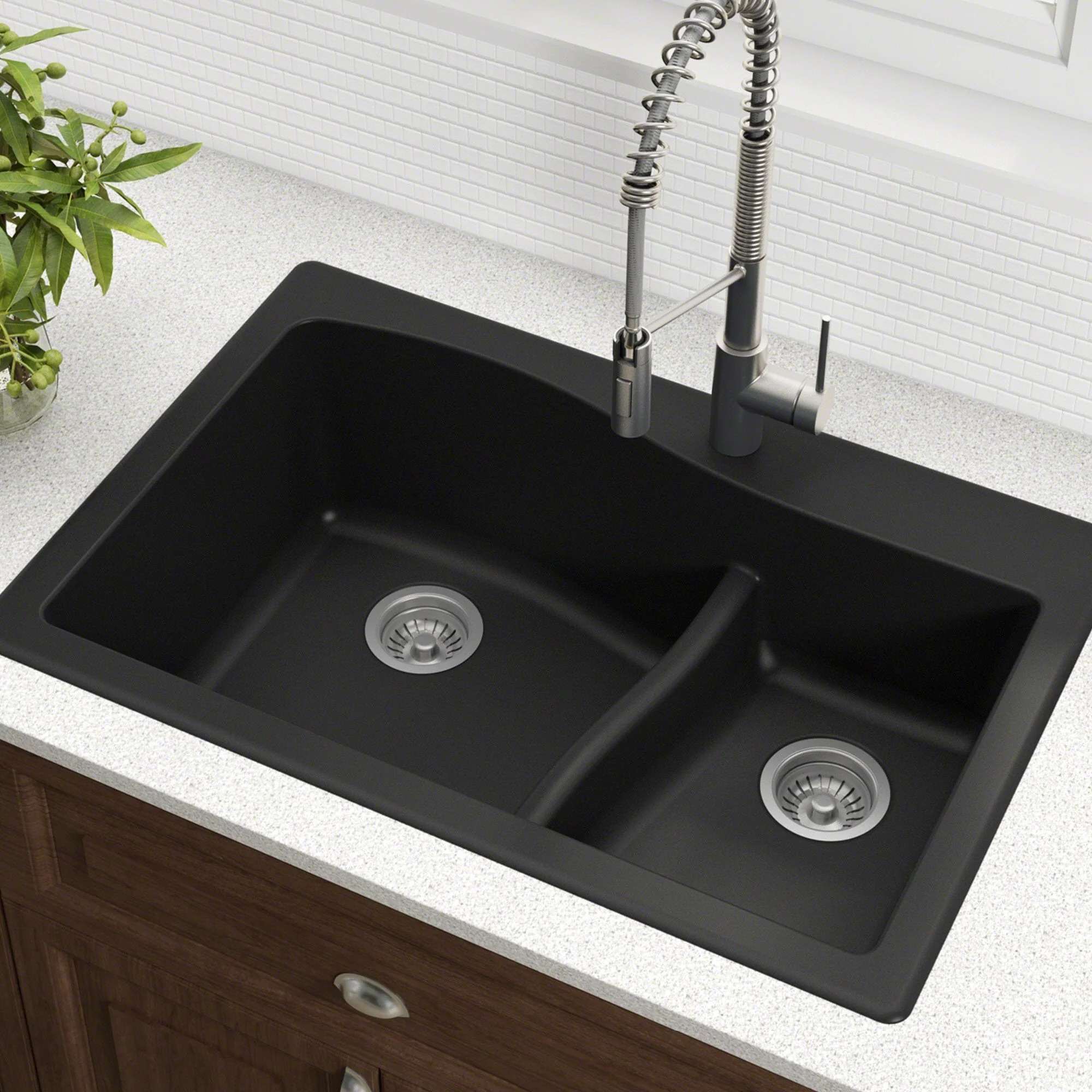

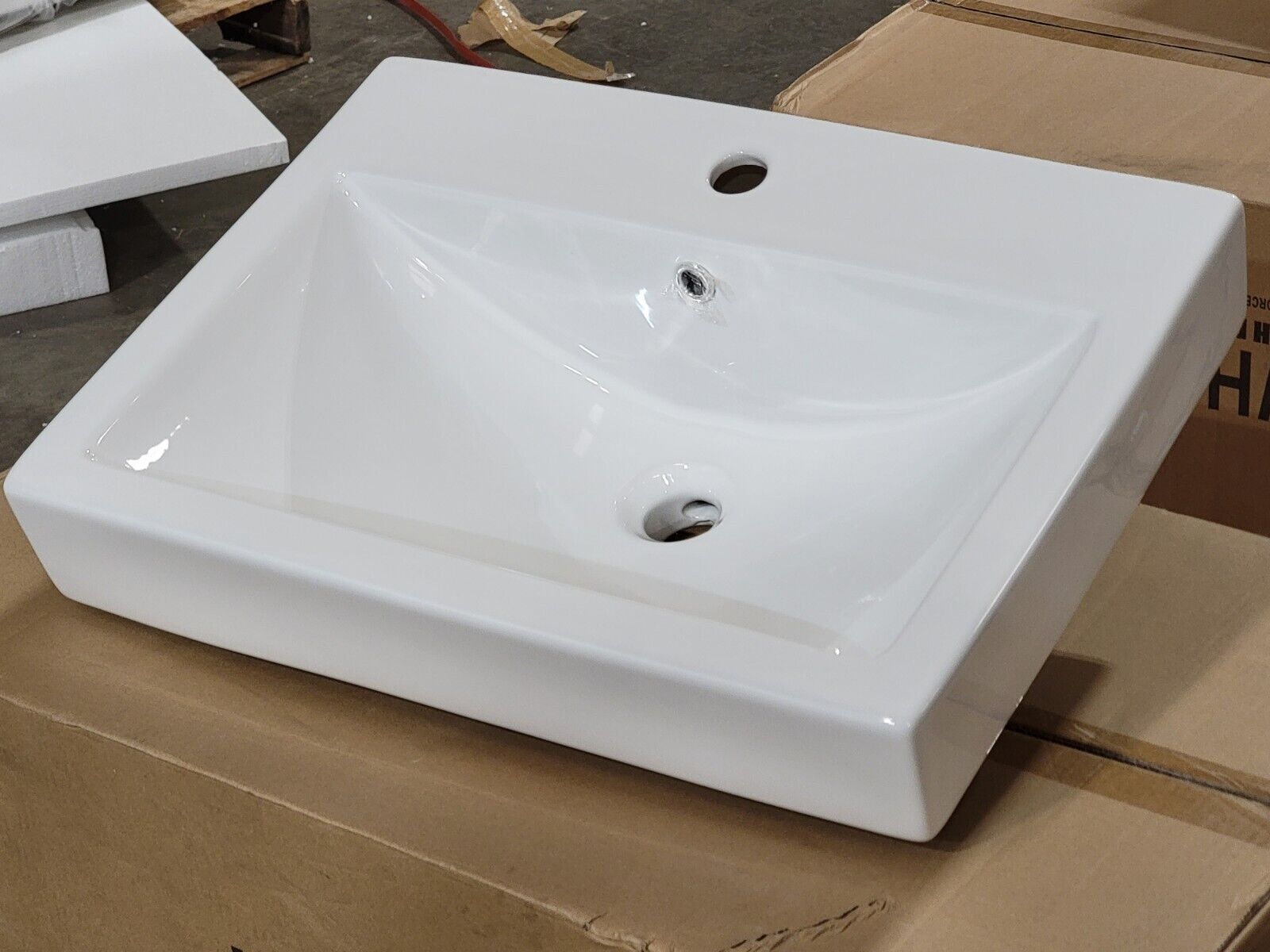

0 thoughts on “What Is A Sink”